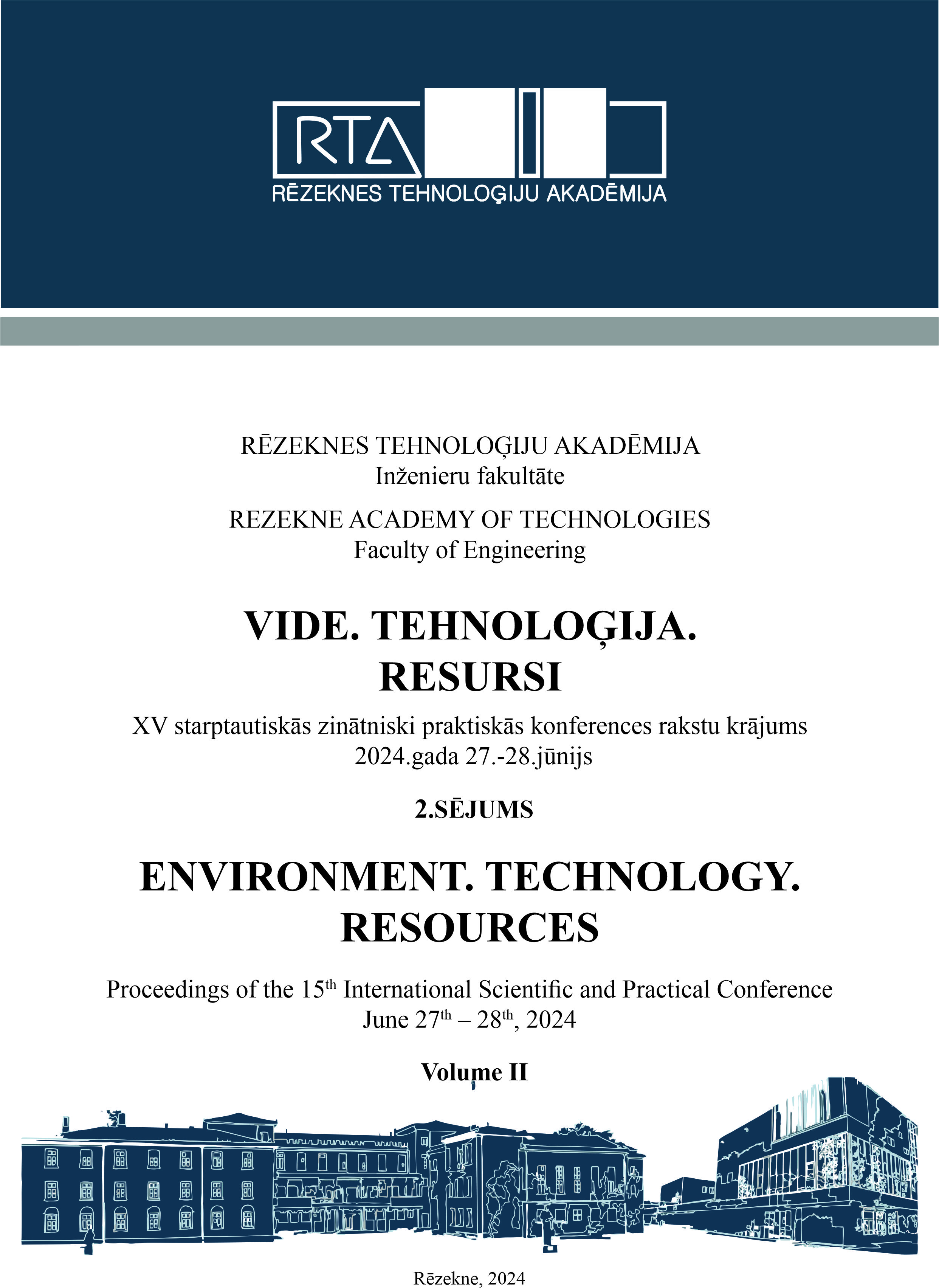AN IMPLEMENTATION OF BRAIN-COMPUTER INTERFACE IN RESEARCH ACTIVITIES
DOI:
https://doi.org/10.17770/etr2024vol2.8055Keywords:
BCI, ANN, EEG, signal analysisAbstract
The paper provides brief overview of Brain-Computer Interface (BCI), highlighting BCI-based assisting technologies for disabled persons in healthcare applications as one of the key priorities. A proposed solution for implementation OpenBCI-based hardware and software in research on computer typing assistance system described, including general view of experimental test bench and software approach description. An experimental verification of a possible computer typing assistance system is presented, as well as basic test results obtained along with their interpretation and discussion.
References
Peksa, J. and Mamchur, D., 2023. State-of-the-Art on Brain-Computer Interface Technology. Sensors, 23(13), p.6001
Mridha, M.F.; Das, S.C.; Kabir, M.M.; Lima, A.A.; Islam, M.R.; Watanobe, Y. Brain-Computer Interface: Advancement and Challenges. Sensors 2021, 21, 5746. https://doi.org/10.3390/s21175746
Belwafi, K.; Gannouni, S.; Aboalsamh, H. Embedded Brain Computer Interface: State-of-the-Art in Research. Sensors 2021, 21, 4293. https://doi.org/10.3390/s21134293
Siribunyaphat, N.; Punsawad, Y. Brain–Computer Interface Based on Steady-State Visual Evoked Potential Using Quick-Response Code Pattern for Wheelchair Control. Sensors 2023, 23, 2069. https://doi.org/10.3390/s23042069
Amprimo, G.; Rechichi, I.; Ferraris, C.; Olmo, G. Measuring Brain Activation Patterns from Raw Single-Channel EEG during Exergaming: A Pilot Study. Electronics 2023, 12, 623. https://doi.org/10.3390/electronics12030623
Wolpaw, J.R., Birbaumer, N., McFarland, D.J., Pfurtscheller, G. and Vaughan, T.M., 2002. Brain–computer interfaces for communication and control. Clinical neurophysiology, 113(6), pp.767-791.
Lebedev, M.A. and Nicolelis, M.A., 2006. Brain–machine interfaces: past, present and future. TRENDS in Neurosciences, 29(9), pp.536-546
Van Erp, J., Lotte, F. and Tangermann, M., 2012. Brain-computer interfaces: beyond medical applications. Computer, 45(4), pp.26-34.
Sellers, E.W. and Donchin, E., 2006. A P300-based brain–computer interface: initial tests by ALS patients. Clinical neurophysiology, 117(3), pp.538-548.
Lebedev, M.A., Tate, A.J., Hanson, T.L., Li, Z., O'Doherty, J.E., Winans, J.A., Ifft, P.J., Zhuang, K.Z., Fitzsimmons, N.A., Schwarz, D.A. and Fuller, A.M., 2011. Future developments in brain-machine interface research. Clinics, 66, pp.25-32.
Baradaran, F.; Farzan, A.; Danishvar, S.; Sheykhivand, S. Customized 2D CNN Model for the Automatic Emotion Recognition Based on EEG Signals. Electronics 2023, 12, 2232. https://doi.org/10.3390/electronics12102232
Downloads
Published
Issue
Section
License
Copyright (c) 2024 Dmytro Mamchur, Janis Peksa

This work is licensed under a Creative Commons Attribution 4.0 International License.



